UNHAS at 20: Humanitarian response planes and helicopters touch down in tough places
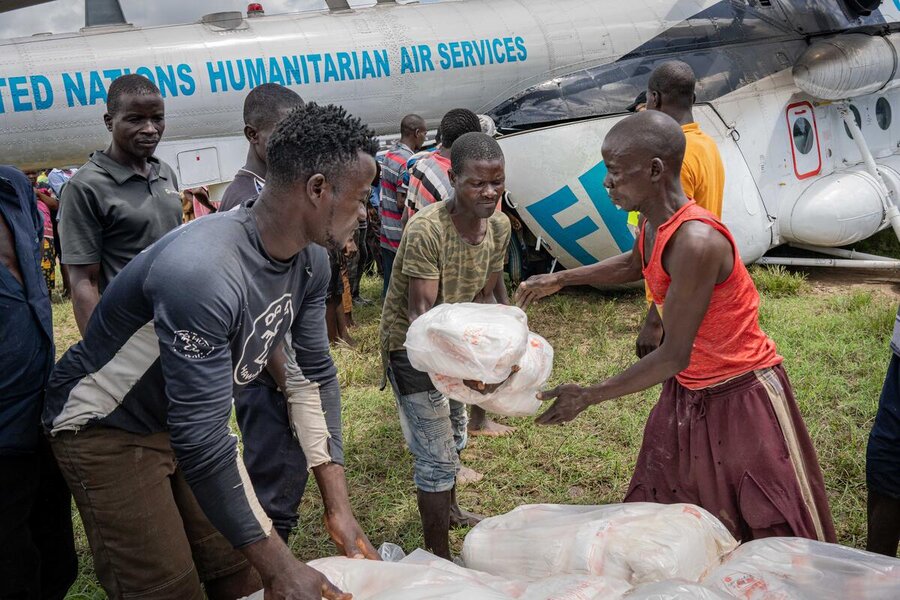
A small white UNHAS Dash 8 airplane taxis down the rough tarmac of tiny Beni airport in northeastern Democratic Republic of the Congo’s (DRC) North Kivu province, raising a cloud of dust on a sunny morning – along with hopes for this conflict-torn region.
This is not just a routine flight. It is a lifeline. One that has become synonymous with the World Food Programme (WFP)-managed UN Humanitarian Air Service over the two decades of its existence.
For passenger Kalongo Rwabikanga, there are no other options available. “Without these flights, our ability to make a difference in these hard-to-reach locations would be limited,” says Rwabikanga, coordinator for the Congolese nongovernmental group Action Entraide, which works to promote health and hygiene, prevent gender-based violence and foster peace in neighbouring Ituri province.
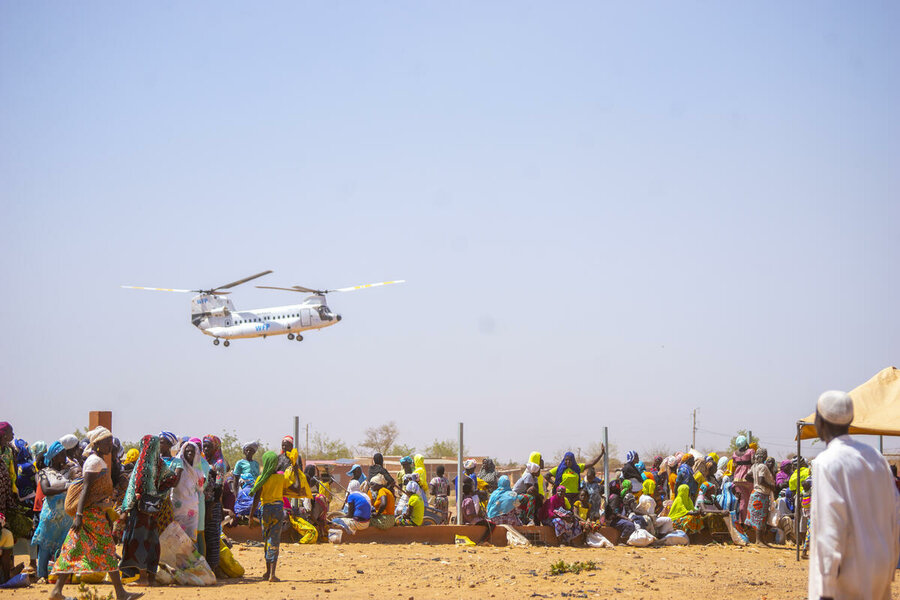
His is a daunting task. Years of fighting have uprooted millions of people across eastern DRC. On board this UNHAS flight are humanitarian cargo and workers like Rwabikanga – who are making a difference despite impassable roads, collapsed bridges and spiking unrest.
“UNHAS fills a critical gap in our operations, allowing us to extend our reach to areas where no other flight options are available,” he says.
Twenty years after WFP was first charged to manage UNHAS operations, the humanitarian air service is booming, its 130-plus aircraft fleet delivering lifesaving assistance in 21 countries across three continents.
Last year alone, UNHAS flew more than 385,000 humanitarian workers from 600 organizations, along with 4,500 tons of relief cargo to places often too remote or conflict-torn for its commercial counterparts.
“When UNHAS took off in 2004, it was a win for the entire humanitarian crew,” says Ramiro Lopes da Silva, a senior WFP official who oversaw UNHAS operations at the time. “The humanitarian situation was complex and there were no scheduled air services.”
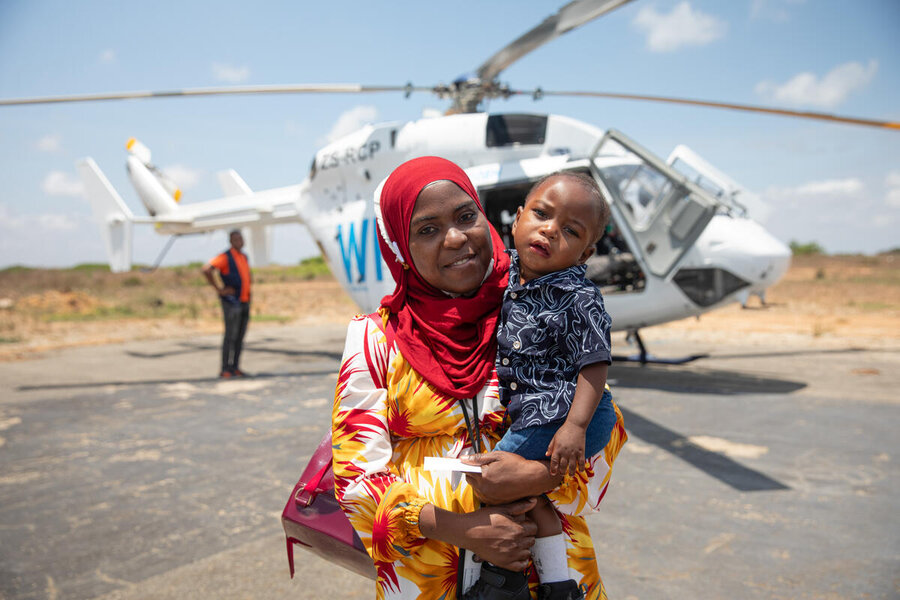
Lopes da Silva remembers especially when UNHAS began operating, two years later, in the Central African Republic. “It’s testament to the professionalism of our aviation colleagues,” he adds of the airline’s success. “And to WFP’s commitment to support the broader humanitarian community.”
On any given day, some 60 UNHAS planes and helicopters crisscross the skies, ensuring vital assistance gets to the neediest communities. Partnerships with donors ensure that continues.
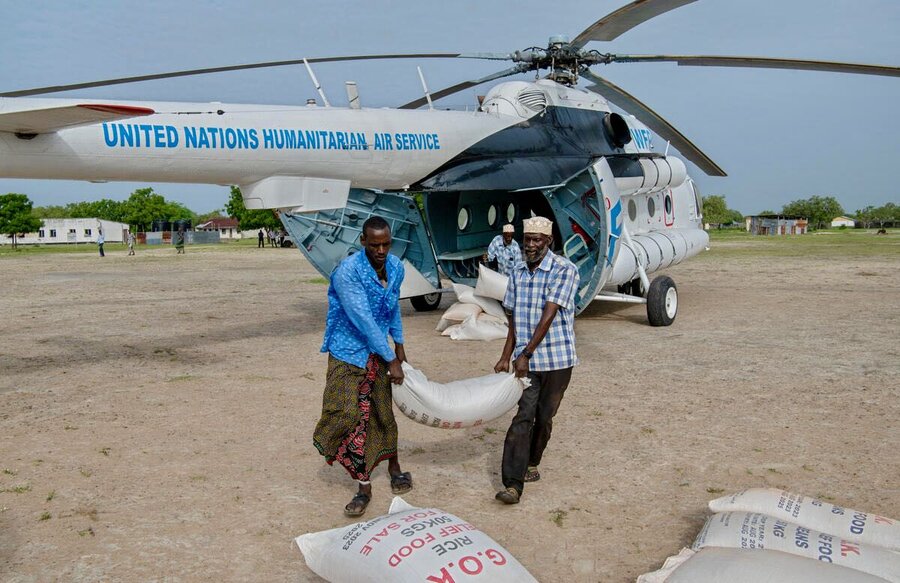
The bottom line is that much of the world's humanitarian response would probably shut down without UNHAS. Investing in the service is not only cost-effective but also critical in improving the lives of communities reached by WFP and other partners.
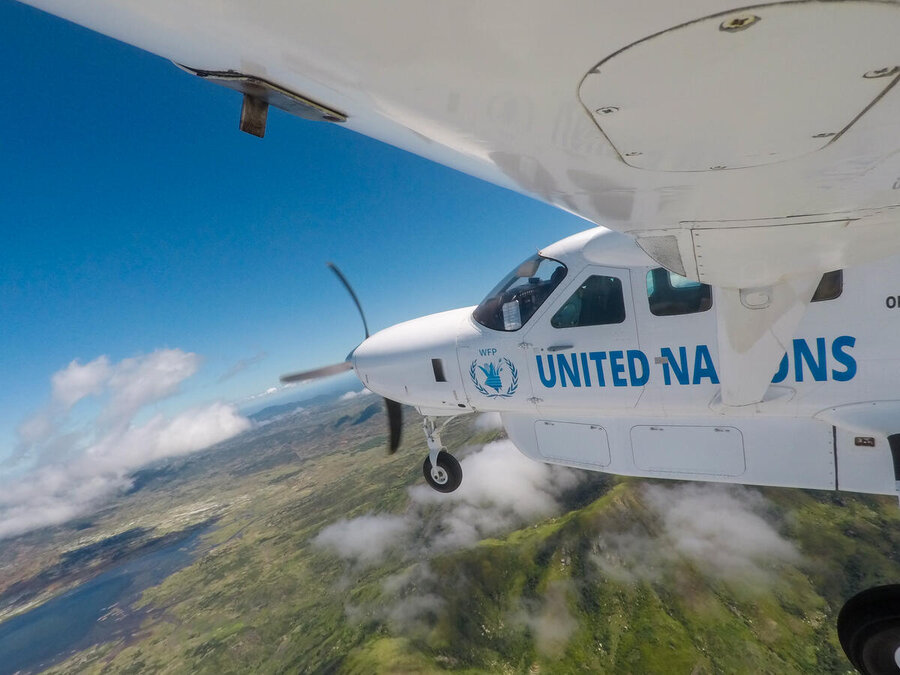
Yet today – despite generous support from the United States and other donors – insufficient funding poses a major threat to the future of the humanitarian air service in places where it’s needed the most. WFP needs US$55 million to sustain UNHAS over the next six months - and to avoid cutting routes and services in 17 of the countries where it operates.
“We are counting on donors to step up their commitment. Our operations like Yemen, Mauritania, Central African Republic, Nigeria and Niger will not be sustained beyond March 2024, if new contributions are not received,” says WFP’s Chief of Aviation, Franklyn Frimpong, listing some of the world’s most food-insecure and fragile nations. “This situation could translate into millions of people going without emergency assistance.”
Hope from the sky
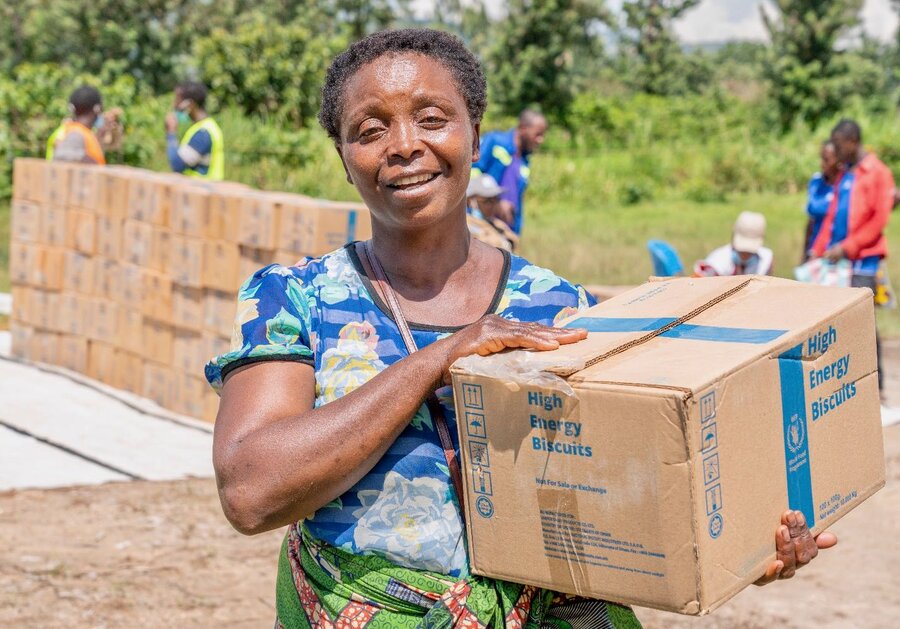
Few places better illustrate the importance of UNHAS than DRC, Africa’s second largest country. With more than two-thirds of the country covered by rainforest, and poor or nonexistent road infrastructure, the only way to get to many places is by air. During natural disasters or conflicts, there is one airline humanitarians can count on.
When deadly floods hit last May the area of Kalehe in DRC’s northeastern South Kivu province, killing over 400 people and smashing thousands of homes and livelihoods, UNHAS flew in the first relief items: nutrition-boosting high-energy biscuits.
Sifa Akilimali, a 50-year-old mother who lost two teenage children and her home to the floodwaters, vividly recalls the day a UNHAS helicopter touched down.
“These biscuits will help keep me and my children alive for the moment, while we figure out our next steps,” she says of her surviving offspring.
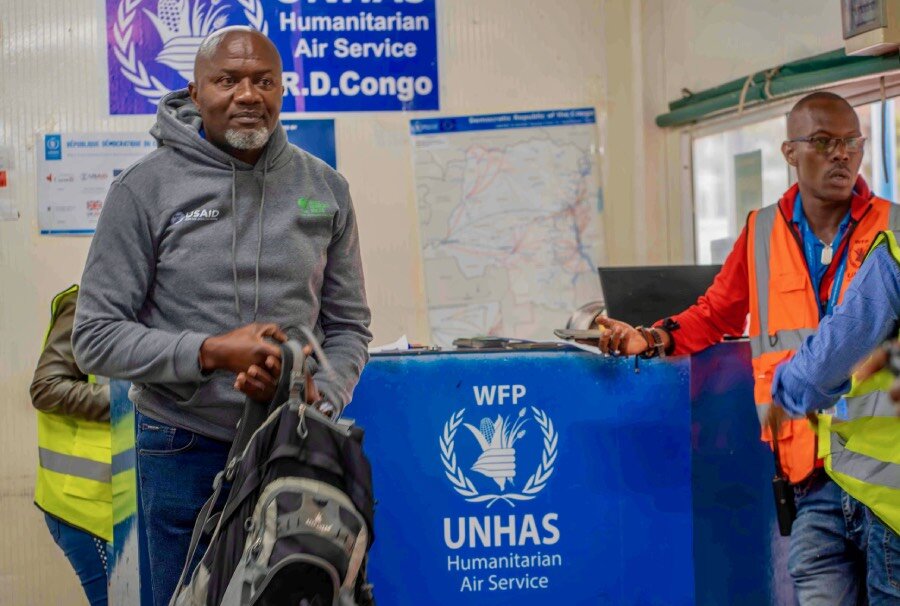
Next door, in DRC’s North Kivu province, aid worker Alphonse Kizito describes UNHAS’s twice-weekly flight to the small town of Kirumba as a lifeline. The alternative, he says, would have been taking dilapidated and dangerous roads from the provincial capital of Goma.
“It would not only be time-consuming, but it would also put our dedicated team at grave security risk,” says Kizito, who works for German nonprofit Welthungerhilfe.
Such assessments are echoed in many other countries. Farther south, in Madagascar, UNHAS shuttled aid workers to evaluate needs and provide vital assistance after Cyclone Freddy pummeled the country early last year, killing 17 people and leaving a trail of destruction.
“Thanks to these flights, we were able to set up ten health centres in the most isolated areas and supply essential medical items,” says Joaquin Noterdaeme, Madagascar field coordinator for French humanitarian organization Médecins du Monde.
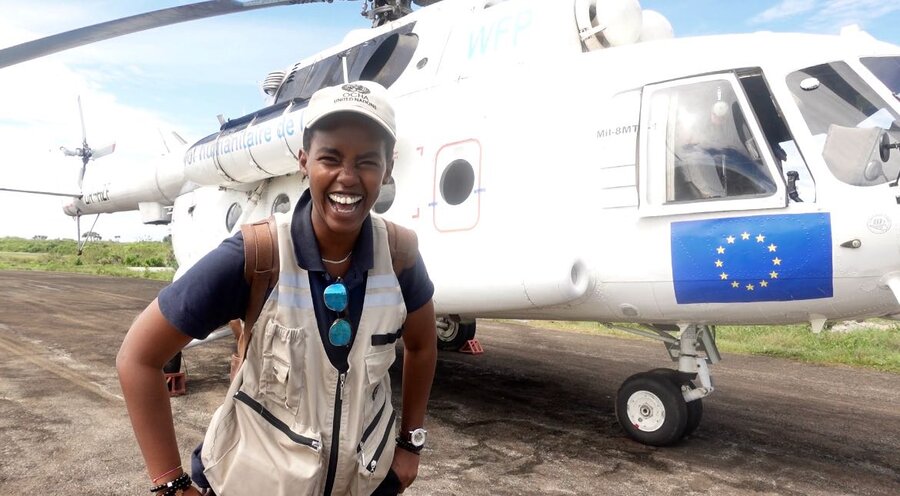
Monia Inashaka from the UN Office for the Coordination of Humanitarian Affairs (OCHA), is also grateful for UNHAS, which allowed her group to assess humanitarian needs in the eastern Malagasy region of Ikongo. “Ikongo is inaccessible by road,” she says, “so this flight was crucial for us to be able to get there.”
In Afghanistan, aid worker Blasius Ndifor of World Vision recounts how UNHAS in 2022 flew him and his colleagues to remote areas like Herat in the west and Kandahar in the south, where they provided lifesaving nutrition and child protection support.
“Traveling to Herat by road is quite difficult, it would take over 15 hours,” Ndifor says. “Sometimes, the security situation along the stretch will not allow for travel. With UNHAS, it takes just over one hour. We arrive safe and in the shortest time possible, allowing us to respond to emergencies and the humanitarian needs in time.”
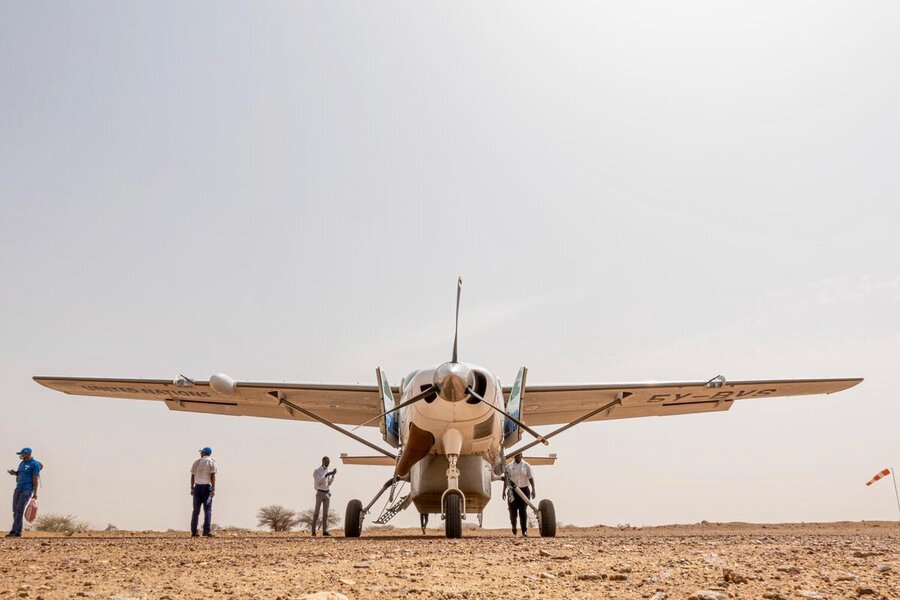
Such stories, and many others, testify to a success rooted in collaboration. A myriad of donors, governments, UN agencies and NGOs have united under the wings of this aerial lifeline with the common goal of bringing positive change.
“UNHAS exists to bridge the gap between despair and hope,” says WFP’s Franklyn Frimpong. Of the air service’s many users and supporters, he adds, “this collective effort amplifies our impact. This is why keeping UNHAS running is more important than ever.”
Benjamin Anguandia contributed to this report from DRC.
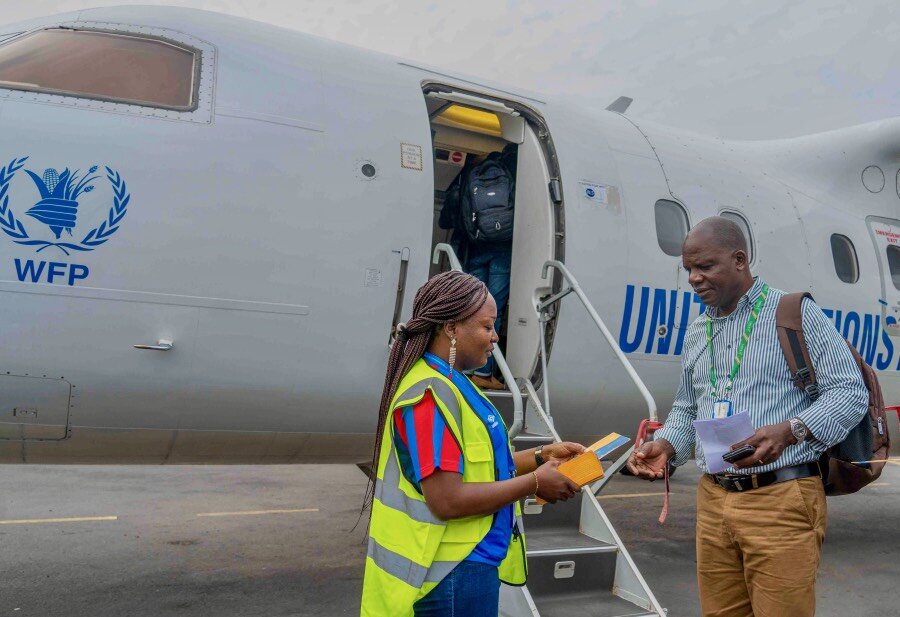
UNHAS operations over the years have been supported by the generous contributions of donors including: Australia, Belgium, Canada, Czech Republic, Denmark, European Union, Finland, France, Germany, Greece, Guinea, The Holy See, the International Monetary Fund, Italy, Ireland, Japan, Korea, Luxembourg, Monaco, Netherlands, Norway, Portugal, Qatar, Romania, Saudi Arabia, Sierra Leone, Spain, Sweden, Switzerland, United Arab Emirates, United Kingdom, United Nations organizations, United States of America, the World Bank and private donors.
